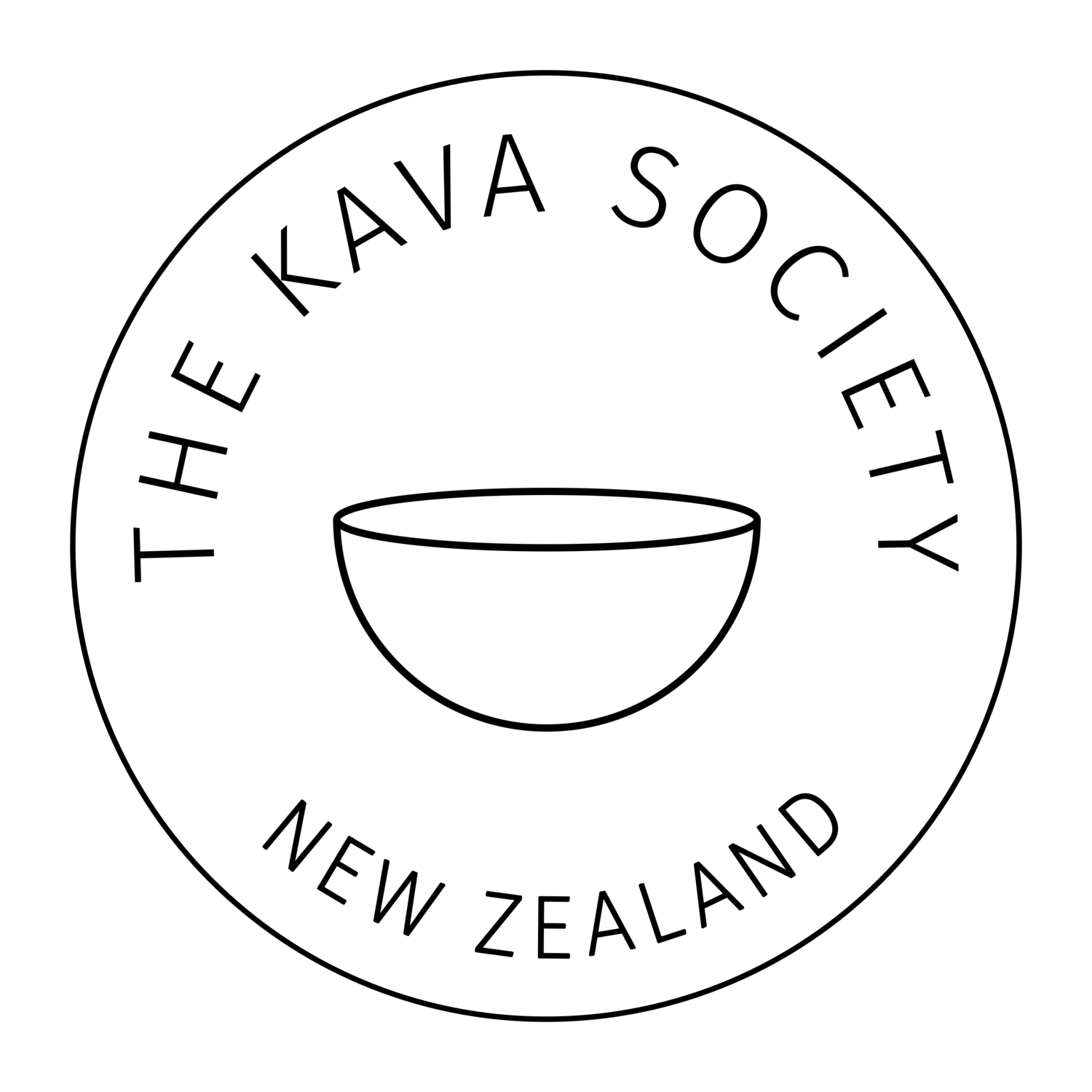
Welcome to Our Kava Blog
Guest Post: Deep Dive into Kava Chemotypes
Today we have the pleasure to share a post from our friends and collaborators at Vanuatu’s Root and Pestle The post was written John McGowan, the chief scientist and lab wizard at Root and Pestle’s state of the art kava processing facility. This blog was partly inspired by long conversations about kava chemotypes a d the frequent questions about kava’s chemistry/chemotypes we all get from both new and seasoned kava drinkers. It is primarily informed by Root and Pestle’s analytical work and relevant published research, including Dr Vincent Lebot’s famous books and papers. It is a fairly loooong read, but very rich in information and will be appreciated by anyone who really wants to understand what kava’s chemotypes are about and, more broadly, how chemical analysis can help us understand kava’s composition, properties and differences between cultivars.
Interview with Dr Vincent Lebot, a leading expert on kava
Dr Lebot is often seen the father of modern kava science. It would be difficult to find anyone who has done more to help broaden the Western understanding of both the plant and the beverage. His work on kava and his insights into kava’s history, biology, chemistry and pharmacology have not just inspired multiple other researchers, but also helped and informed government officials, journalists, as well as countless kava drinkers, growers and entrepreneurs.
In this interview we discuss such topics as improvements to kava via cultivar selection, challenges to kava becoming more mainstream outside South Pacific, the differences between kava and kava extracts, and many others.
The complex presence of kava in the Western World: A fascinating perspective of Dr Huffman
A couple of weeks ago we went to one of the Pacific islands that lost its kava culture 150 years ago with the arrival of the European missionaries. But while nobody drinks kava there today, we have good reasons to believe that their forests still have some of the ancient local cultivars and hence we wanted to try to find them. We weren't very successful (i.e. didn't manage to find the actual plants), but found people who might be able to assist us with future searches and/or even send us some samples. On the way back to Auckland I had a bit of time so I finally managed to read a series of articles by Kirk Huffman, a prominent anthropologist and a respected expert on kava's history, culture and modern use. Kirk presents a very interesting overview of kava's history and effects as well as a thought-provoking account of the developments that led to kava's increasing popularity and the so-called "ban" in Europe (now lifted).
I thought you might find some of his observations interesting, so I've collected a few longer quotes:
Can kava get you high?
A guest post by Garry Stoner from TK Labs
Does kava get you "high"?
An often asked question, but one that requires some definitions. Most people have no qualms about applying the term to the use of controversial substances like marijuana or to the abuse of common substances (such as sniffing glue), but hesitate to use the word when describing the effects of legally prescribed drugs which induce similar effects. To me, this carries the implication that if you're ingesting a substance under the direction of a "doctor", what you are feeling isn't "high".
Think you've tried kava?
A guest Post by Garry Stoner of TK Labs.
As its popularity increases, you don't have to look very far to find someone who's "tried" kava. Both in person and online, many are giving their account of kava experiences. But the sad thing is, many are wrong - they haven't actually tried kava. Kava, in one form or another, is available from a vast number of sources, but a surprisingly small percentage of products actually qualify as true kava, at least in the South Pacific sense.



